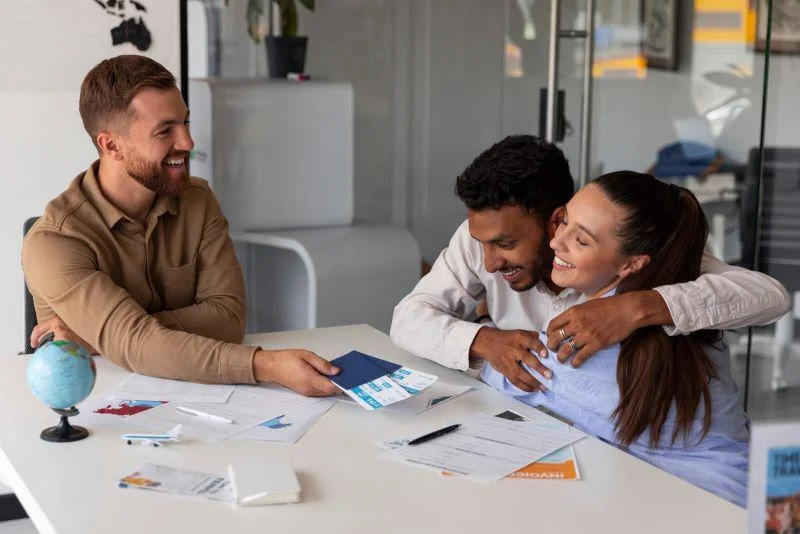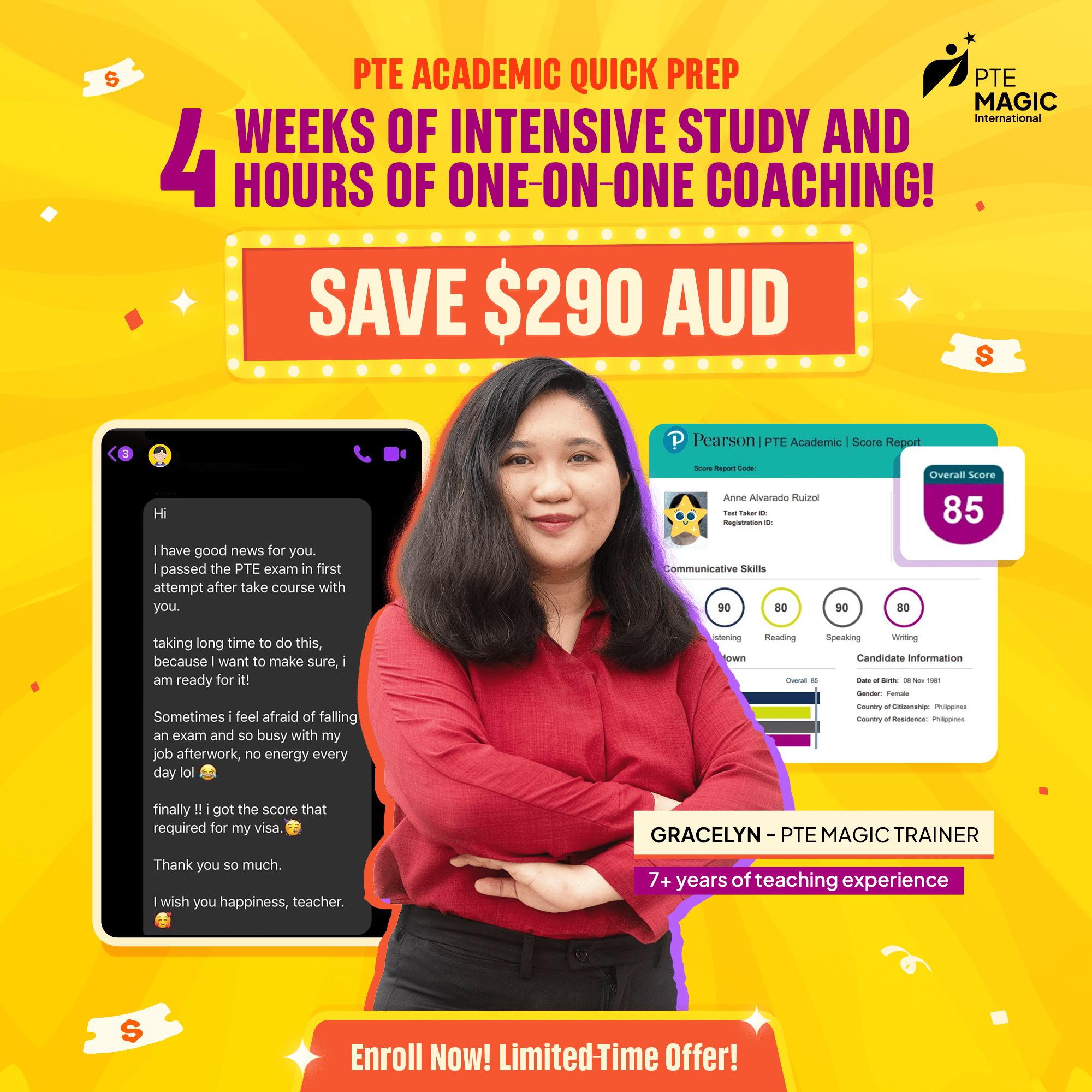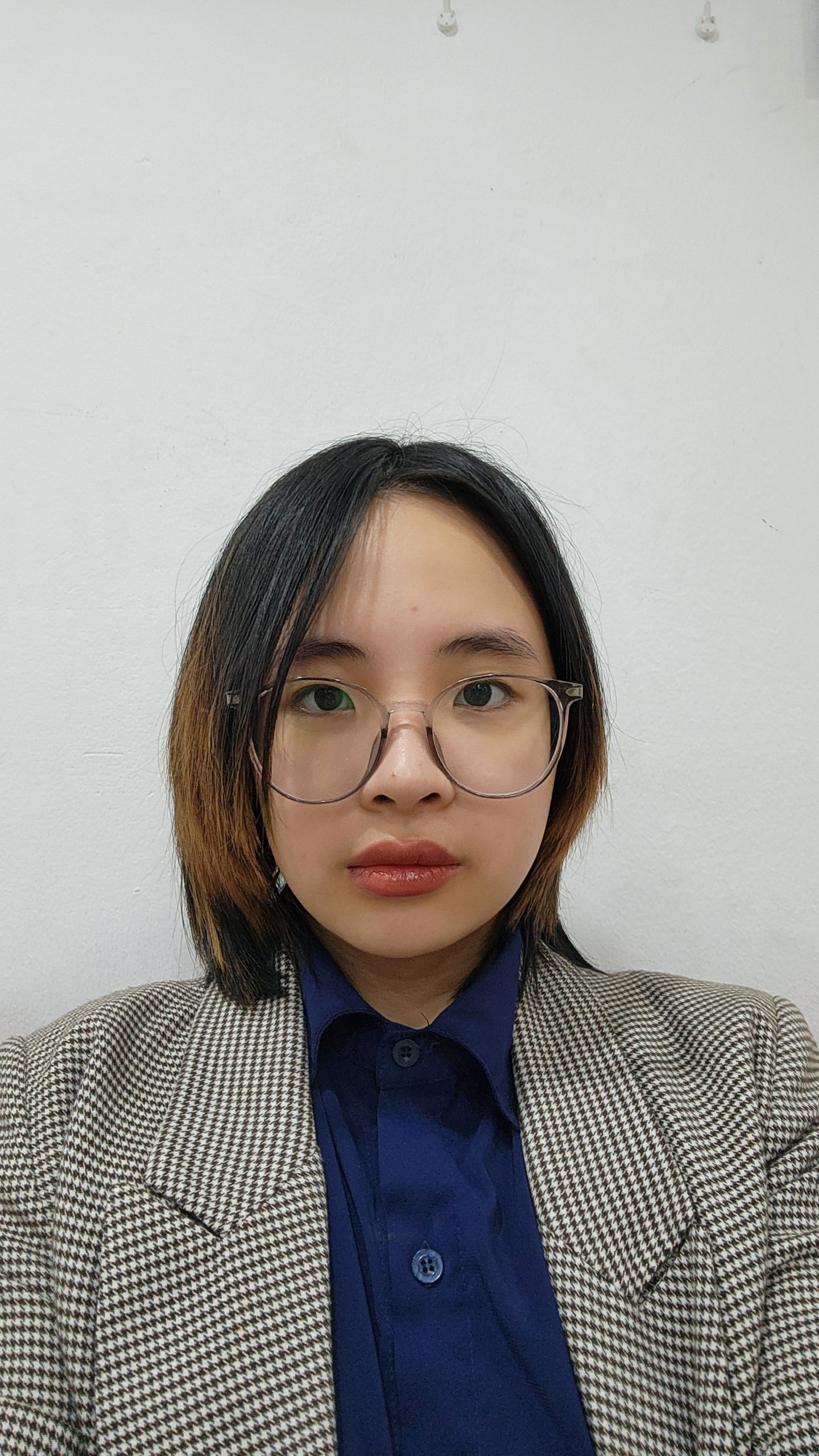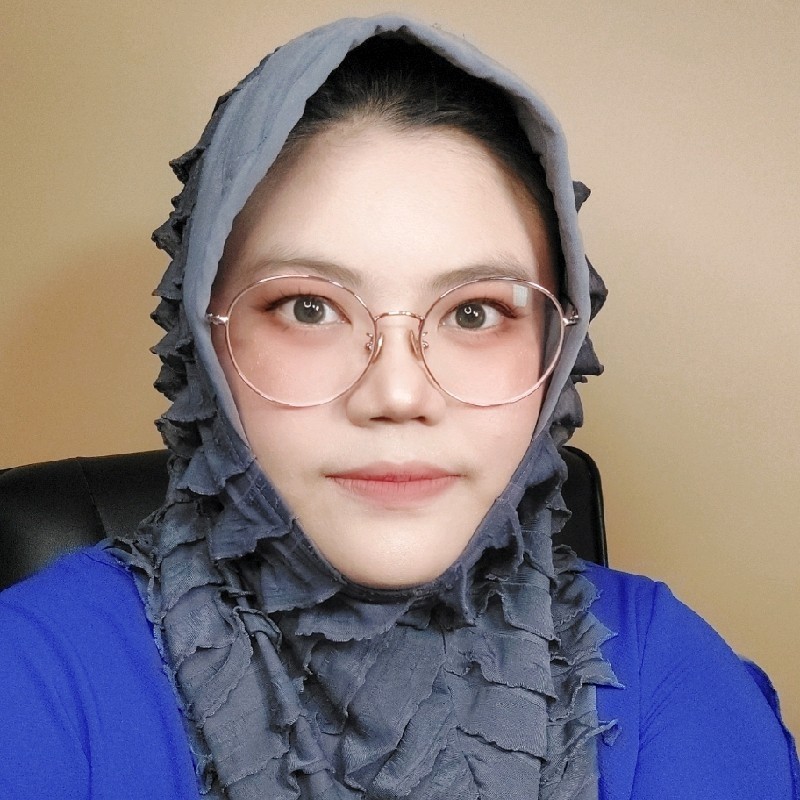No courses in the enrolment list.
A Working Holiday Visa could be a golden ticket to change your life. The Australia working holiday visa is a comprehensive guide for young travelers who want to work and explore Australia, covering eligibility, application process, costs, and benefits. If you’re 18 to 30 and have a passport from a country in the Working Holiday Maker (WHM) program, you could qualify for a 12-month visa that lets you work while exploring Australia. This article would show how to meet the requirements and how to set yourself up for success.
Take a look at the full list of requirements below to find out if you’re eligible and what you’ll need to apply. Staying with PTE Magic to the end.
Key Takeaways.
- A Working Holiday Visa allows you to travel as many times as you want.
- Learning about the difference between the subclass 417 and the subclass 426 visa.
- To avoid troubles, you need to equip with knowledge of Australia’s law and health insurance.
What is a Working Holiday Visa?
The Australian Government created the Working Holiday Visa (WHV) to allow young travelers and backpackers from an eligible country, as defined by the Australian government, to help fund an extended travel period in Australia. There are two types of visas :
- Working Holiday (Subclass 417): The Working Holiday Subclass 417 Visa gives eligible young adults temporary access to work and travel anywhere in Australia. Applicants must hold a passport from one of the following countries, such as the United Kingdom, Canada, France, Germany, and the People’s Republic of China, among others. This program builds connections between Australia and specific nations while letting young adults travel and find work.
- Working Holiday (Subclass 462): The Subclass 462 Work and Holiday Visa is a special visa program designed for young individuals who wish to explore Australia while funding their travels through temporary work. Citizens from the following countries, including the United States, Argentina, the People’s Republic of China, and others, are eligible to apply. It’s a fantastic opportunity for cultural exchange and personal growth, enabling participants to gain valuable international experience.
Is this the same as the Australian Work and Holiday Visa? (Subclass 417 vs 462)
Australia offers two different Working Holiday Visas, the Subclass 417 and Subclass 462 (technically called the Work and Holiday Visa, but it’s the same thing). Essentially, the only difference between these two visas, other than the very subtle difference in name, is which countries are eligible to apply.
Is Australia currently accepting Working Holiday/Work and Holiday visas?
Yes, The Australian Working Holiday visa is open to applicants aged between 18 and 30 (18 to 35 in some countries)
When can I enter Australia on the Working Holiday Visa?
You have one year from the date of your visa’s issuance to enter Australia at any time after your first WHV is issued.
Working Holiday Visa Policy Overview (Subclasses, caps, reciprocal agreements)
Advantages of the Working Holiday visa in Australia
These benefits grant you the legal right to work. At the same time, travel cross-country, meet new people, learn about Australia’s culture, obtain new skills, and explore the vastly diverse landscapes Australia has to offer. Holiday visa holders enjoy unique opportunities and rights, such as the ability to work and travel throughout Australia, which are not typically offered by many other travel visas around the world.
Disadvantages of the Working Holiday visa in Australia
This visa is intended for young adults between the ages of 18 and 30 who want to work and travel in Australia for up to 1-3 years. As a result, only those who are 12 months old are eligible for this visa.
Another thing is that you cannot have dependent children accompanying you during your stay in Australia (both subclass 417 and subclass 426).
Working Holiday (Subclass 417) work limitation, restricting work to six months per employer but allowing varied experiences.
Vulnerable to risks related to the law. Therefore, you need to comprehend necessary knowledge and learning from experienced predecessors is severely necessary so that you can protect yourself.
Core Conditions for Applying (age, passport, funds, character/health)
First, you need to know that the cost of the visa is $650 AUD ($434 USD) for all three types. You can pay online using various digital payment methods such as credit/debit cards, PayPal, UnionPay, or BPAY, making the process seamless. Furthermore, you’re able to pay extra money for health insurance, health checks or biometrics. These additional requirements vary based on your nationality so be sure to become familiar with what you need for your visa application.
If you are submitting non-English documents, make sure they are translated into English before submission.
Visa Subclass 417:
- Eligible Age:
At the time of application, you must be within the eligible age limit for your passport country: Be between the age of 18 and 30 years old.
Canadian, French, and Irish cỉtizens can join the program regardless of their age if they return 35 years old or younger before submission.
- Nationality:
Subclass 417 eligible nations include France, Canada, England (UK), Japan, Taiwan, Italy, Ireland, France, Germany, Norway, Denmark, Sweden, South Korea, and Belgium.
- Financial conditions:
Financial proof of about 5,000 AUD to pay for your time in Australia.
Proof of funds can include bank statements, payment records, and alternative documents showing you can use other money besides bank accounts. Opening an Australian bank account is highly recommended, as it makes it easier to manage your finances, pay bills, and receive employment income during your stay.
- Health and Character conditions:
Health Examinations: To meet the health requirement, you need to demonstrate that you are free from any disease that is a significant healthcare and community service cost to the Australian Community.
Character Requirements: You must meet Character Requirements, including providing police clearances if required.
- Visa Specific Requirements:
Apply online from outside Australia
Not be accompanied by dependent children
Apply on your own. You can’t include family members in your application
Not have previously entered Australia on a subclass 417 or 462 visa. If You have previously been in Australia on a subclass 417 visa, see the second Working Holiday visa.
- Language Proficiency:
The Subclass 417 Visa does not require you to prove your English language abilities.
Visa Subclass 462:
- Eligible Age:
At the time of application, you must be within the eligible age limit for your passport country: Be between the age of 18 and 30 years old.
Applicants from Ireland or Canada may apply up to the age of 35.
- Nationality:
Subclass 462 eligible nations include the United States, Argentina, China, Spain, and some other countries.
- Financial conditions:
Financial proof of about 5,000 AUD to pay for your time in Australia.
- Health and Character conditions:
Undertake a health examination if required and provide a police clearance certificate.
- Visa Specific Requirements:
Apply from outside Australia
Not be accompanied by dependent children
Apply on your own. You can’t include family members in your application
Not have previously entered Australia on a subclass 462 or 417 visa. If you previously entered Australia on a subclass 462 visa, see the second Work and Holiday visa.
- Language Proficiency:
The Subclass 462 Visa requires you to demonstrate a functional level of English, usually proven through tests such as PTE Academic, IELTS, TOEFL, or C1 Advanced.
Working Holiday Visa application process
Despite their differences, the 417 and 462 visa application processes are much the same: you will need to complete the process via visa online through the ImmiAccount platform. It is important to accurately declare your current location on the visa application form to avoid processing issues or possible denial of your visa.
Step 1: Check if you need to have health examinations
Take a look on the Australian government website to see if you’ll need to organise any health checks. If so, it’s best to complete these before starting your application.
Step 2: Gather documents
You need to prepare all subclass 417 & 462 required documents :
- Identification documents
- Enough money for your stay and to leave
- Character documents
- Health insurance
- English test results (if required)
Step 3: Apply for the visa
Later on, you need to lodge your application online through your ImmiAccount on the Department of Home Affairs website.
Step 4: Follow the updates
After submitting your application, you’ll receive a confirmation that it has been received.
You should usually check the messages from the Department for additional documents or updates.
Remember to respond promptly to avoid delays in your processing.
Step 5: Visa outcomes
Once approved, you’ll get your visa grant notice, which includes your visa grant number, start date, and conditions.
Keep a copy of the decision notification with you when in Australia.
Subclass 417 vs Subclass 462 : Key Differences
While the 417 and 462 provide similar temporary rights in Australia, there are also notable differences between these subclasses that are important to understand.
| Aspect | Subclass 417 | Subclass 462 |
| Eligible Countries | The eligible nations are Belgium, Canada, Cyprus, Denmark, Estonia, Finland, France, Germany, Hong Kong, Ireland, Italy, Japan, Republic of Korea, Malta, Netherlands, Norway, Sweden, Taiwan and the United Kingdom. | The eligible nations are Argentina, Austria, Chile, China, Czechia, Ecuador, Greece, Hungary, Indonesia, Israel, Luxembourg, Malaysia, Peru, Poland, Portugal, San Marino, Singapore, Slovakia, Slovenia, Spain, Thailand, Turkey, Uruguay, United States and Vietnam.
|
| Age Requirement | Age 18-35 years
|
Age 18-30 years |
| Work Limitation | Minimum of 6 months with a single employer | No specifics work limitation |
| Education requirements | None | Must have completed at least 2 years of territory education. |
| English Language Requirements | None | Must be proficient in English Language |
Eligible Countries (By Subclass)
Keep that in mind: If you don’t meet the age requirement for the WHV, you can still be able to live, work, and study in Australia on a Student Visa, which has no age limit.
- Must have a valid passport:
Working Holiday Visa (subclass 417 or subclass 462) is for citizens of certain eligible countries. The specific subclass you’ll apply for depends on the country you are from.
Subclass 417 Eligible Passports.
Belgium, Canada, Republic of Cyprus, Denmark, Estonia, Finland, France, Germany, Hong Kong Special Administrative Region of the People’s Republic of China (including British National Overseas passport holders), Republic of Ireland, Italy, Japan, Republic of Korea, Malta, Netherlands, Norway, Sweden, Taiwan (other than an official or diplomatic passport), The United Kingdom of Great Britain and Northern Ireland
Subclass 417 Eligible Passports.
Argentina, Austria, Chile, People’s Republic of China, Czech Republic, Philippines, India, Ecuador, Greece, Hungary, Indonesia, Israel, Luxembourg, Malaysia, Peru, Poland, Portugal, San Marino, Singapore, Slovak Republic, Slovenia, Spain, Thailand, Turkey, Uruguay, United States of America, Vietnam
Age Limits, Proof of Funds, English/Education, Health & Character Requirements
Subclass 417
- Age limits: aged between 18-30 years old
- Proof of Funds: $5,000 AUD
- English/Education: you must have at least Functional English.
- Health & Character:
- Proof of health insurance or medical examinations, if required.
- Police clearance certificates from any country you’ve lived in for more than 12 months in the last 10 years (after turning 16).
Subclass 462
- Age limits: aged between 18-30 years old
- Proof of Funds: $5,000 AUD
- English/Education:
The education requirement varies depending on the country of your passport. However, a general rule is that you need to have completed at least secondary education.
- IELTS: Overall band score of at least 4.5
- PTE Academic: Minimum score of 30
- TOEFL iBT: Total score of at least 32
- Cambridge English: Advanced (CAE) score of at least 147
- Health & Character: To ensure the safety and well-being of the Australian community, applicants for the Subclass 462 must meet certain health and character standards. Here’s what you need:
- Proof of health insurance or medical examinations, if required.
- Police clearance certificates from any country you’ve lived in for more than 12 months in the last 10 years (after turning 16).
Work & Study Conditions
Subclass 417
- Work
- You can do any type of work on this visa.
- Usually, you can only work for the same employer for 6 months.
- If the main purpose of your stay is to work, consider a work visa.
- Study
- You can study for up to 4 months (17 weeks).
- If the main purpose of your stay is to study, consider a Student Visa
Subclass 462
- Work
- You can do any type of work on this visa.
- Usually, you can only work for the same employer for 6 months.
- If the main purpose of your stay is to work, consider a work visa.
- Study
- You can study for up to 4 months (17 weeks).
- If the main purpose of your stay is to study, consider a Student Visa
Costs, Processing Times & Validity
Subclass 417
- Cost: $670.00 AUD
- Processing Time: 75% of visa applications in 14 days and 90% in 34 days.
Check out the Visa processing time guide tool to see your application processing time.
- Validity: 12 months
Subclass 462
- Cost: $670.00 AUD
- Processing Time: 50% of Working Holiday Visa applications are processed in one day or less. 90% of Working Holiday Visa applications are processed within 61 days.
Check out the Visa processing time guide tool to see your application processing time.
- Validity: 12 months
Application for Working Holiday Visa
After soaking up the requirements of the Working Holiday Visa in the above, you may seem to know how to apply for a Working Holiday Visa. Applying for the Working Holiday Visa is an essential step to get a Working Holiday Visa but you may be how to start. But once you undergo each stage, the process is much straightforward.
Documents Checklist
Please check that, before going apply you must have these indispensable documents:
- Photo page of your valid passport.
- Birth certificate.
- Bank statement showing proof $5000AUD ($3,339 USD).
- Educational degree certificates.
- Background check.
- Letter of support from your government.
How to Apply (Step-by-Step)
Step 1: Create an ImmiAccount and fill the application form.
To apply online, you’ll need to create an account on ImmiAccount. Then, you can enter your personal details and attach the above documents. Recheck all details and submit it.
Step 2: Pay the visa price.
The fee for the Working Holiday Subclass 417 and Subclass 462 Visa is $670 AUD ($416 USD) and can be paid by credit or debit card, or PayPal.
Keep in mind that making a note of your transaction reference number after your payment and application are submitted.
Step 3: Submit the utility.
After uploading documents and the price of the rate, submit your software. You will be sent an electronic email of appreciation which you have submitted.
Step 4: Wait for a decision.
For each visa, the processing time of a Working Holiday Application is different.
Subclass 417
On average, it takes between 17 and 30 days to process a Working Holiday Visa
Subclass 462
It takes anywhere from 46 to 62 days to process most Working Holiday Visa subclass 462 Applications.
Please check the Department of Home’ website to see the right time for your visa.
Step 5: Get a visa
Congratulations! Let’s prepare for your journey in Australia.
Family and Dependents
Can I bring my partner or children on a Working Holiday Visa?
The Working Holiday Visa (subclass 417) is designed for independent young travelers and does not permit dependent children to accompany you during your stay in Australia. If you are planning to travel with a partner or spouse, each person must apply for their own working holiday visa subclass and meet all eligibility requirements individually. This means both applicants need a valid passport, must fall within the age limit for their country, and satisfy all health and character checks.
It’s important to note that the holiday visa subclass 417 is strictly for individuals. If you have dependent children or other family members who wish to join you, they cannot be included in your working holiday visa application. Instead, they will need to explore other visa options, such as a student visa or a visitor visa, depending on their circumstances and intentions in Australia. Always ensure that each family member’s visa application is complete and meets the requirements set by the Australian government.
What are the options for family members?
If your family members wish to join you in Australia while you are on a working holiday visa, they must apply for a separate visa that suits their needs. Common options include a visitor visa for short stays or a student visa for those intending to study. Each family member must submit their own visa application, hold a valid passport, and provide supporting documents such as identity documents, birth certificates, and police certificates as required.
The Australian government requires all visa applicants, including family members, to have adequate health insurance and to agree to the Australian values statement, which includes a commitment to obey Australian laws. It’s essential to review the specific requirements for each visa type, as these may vary depending on the applicant’s age, nationality, and intended activities in Australia.
For the most up to date information and guidance, family members should consult the official Australian government website or seek advice from a registered migration expert. This will help ensure that all the details are correct and that the visa application process goes smoothly for everyone involved.
After You Apply (biometrics, health exams, bridging visas, travel)
- Biometrics
Biometrics known as ‘biometrics’ features of your body that can be used to identify you.
You can submit your visa application online or by post. If we send you a letter asking for your biometrics, you must either attend the ABCC (Australian Biometrics Collection Centre) in person or, if eligible, provide them using the Australian Immi App.
If you apply for an Australian visa, we might ask you to provide us with:
- a photo of your face and shoulders
- fingerprints.
They use your biometrics to identify you. This helps to:
- protect you from identity fraud
- make travel to Australia safer
- secure our borders.
Some applicants only need to provide a photo of their face. They don’t collect an applicant’s fingerprints if you are:
- younger than 5 years old (outside Australia), or younger than 10 years old (for applicants within Australia)
- incapable of understanding what biometrics are for
- physically unable to provide fingerprints.
Arrange an appointment
First, you need to create an account in VFS Global and book an appointment to have your biometric collected for your Australian visa.
VFS Global does not answer pre-lodgement or post-lodgement enquiries.
Notice that:
For applicants outside of Australia we don’t collect fingerprints of children aged under 5. They only take their photographs.
For applicants within Australia, they don’t collect fingerprints of children aged under 10. We only take their photographs.
If you have temporary injuries to your face or fingerprints, if possible wait until they have healed before providing your biometrics.
If you are missing a finger, they will collect fingerprints of your remaining fingers.
If you wear glasses or a religious head covering, they will still collect your photo.
Your face must be clearly visible from the bottom of your chin to above your eyebrows, including both cheeks and both ears. You might have to remove your head covering or glasses. If you do:
- your photo and fingerprints will be collected in private
- you can ask to have them collected by someone of the same gender.
ABCCs charge a service fee for biometrics collection. Find out more about these fees from VFS Global.
Please, check out Visa subclasses in the biometrics program to find more information.
- Health exam
You and family members who apply for a visa with you might need to have health examinations to prove you meet the health requirement.
To check whether you need to have health examinations:
- Log in to ImmiAccount.
- Go to your application.
- Click on the ‘View health assessment’ link in the Applications Status section.
- If we need you to have health examinations, you will find a link there called ‘Organise health examinations’. There will be no link if we don’t need you to have health examinations.
- Click on the link and complete your medical history.
Your visa processing officer will contact you if you need to have health examinations. You will be given a referral letter containing an identifier they call a HAP ID. You need the HAP ID to arrange your health examinations.
We may ask you to have health examinations. If we do, we will give you:
- a list of the examinations you must have
- an identifier we call a HAP ID.
You will need the HAP ID to make an appointment for your health examinations.
If you are unable to undergo the health examination within the timeframe requested in your Request for Health Examination letter, you should notify the Department by attaching details through your ImmiAccount.
In Australia:
Arrange your health examinations with our migration medical services provider, Bupa Medical Visa Services.
Book your examinations online at Bupa Medical Visa Services
You can cancel or change your appointment by selecting Modify/Cancel Booking or by calling Bupa’s Contact Centre on 1300 794 919. You will require the HAP ID you used to make the appointment to make changes to a booking.
Out Australia:
You must be examined by one of the Department’s approved panel physicians or clinics.
A panel physician is a doctor or radiologist appointed by the department to do health examinations outside Australia at an approved clinic.
- A bridging visa
A bridging visa is a temporary visa that allows you to remain in Australia whilst waiting for a decision on a new visa application or an appeal or waiting for arrangements to leave the country.
Common types of bridging visas:
- Bridging Visa A (Subclass 010)
- No travel rights
- Bridging Visa B (Subclass 020)
- Travel rights
- Separate application
- Let you leave and re-enter Australia while you wait for a decision.
- Bridging Visa C (Subclass 030)
- Bridging Visa E (Subclass 050)
- Does not include work rights
- Travel
If you are waiting for the decision on a substantive or permanent visa and want to see family or holiday, you may be able to apply for another visa to enter Australia. If granted a visa, you must comply with all visa conditions and Australian laws.
Visitor visas are for genuine visitors. You must intend to stay temporarily in Australia. If you are not a genuine visitor, they may cancel your visa.
You can’t work on a Visitor visa, even if you are awaiting the outcome of a substantive or permanent visa application to work in Australia.
You can study or train for up to 3 months on a Visitor visa. If your main reason for travelling to Australia is to study for longer than 3 months, a Student visa may be more appropriate.
If you are awaiting the outcome of a Student visa, you should not travel on a Visitor visa for the purpose of commencing your studies.
- Travel on a Bridging visa
Bridging visas let you stay in Australia lawfully while your immigration status is resolved. Only a Bridging visa B (BVB) will let you leave and re-enter Australia while you wait for a decision on a substantive visa. If you depart Australia with another type of bridging visa in effect then that visa will cease.
BVBs are granted a defined travel period.
When we determine the BVB travel period we will consider:
- why you want to travel
- when we are likely to make a decision on your substantive visa application
Can I extend a working holiday visa for Australia?
The requirements and eligibility criteria are different depending on whether you are applying for the first year Working Holiday Visa or if you want to extend your WHV into the second or third year.
This article is for travelers who have never before held a WHV. If you are looking to extend your Working Holiday Visa, you will need to meet additional criteria.
Can I apply for a second Australian Working Holiday visa?
PTE Magic requests that you take note of the following to extend the second Working Holiday Visa:
- To be eligible to apply, in most cases, you must have completed three months of specified work in regional areas of Australia while on your first Working Holiday visa. Some countries would require 88 days of regional work in the second year (in case you’re from the UK, you do not). For third years, you need to do 6 months of regional work.
- Accepted work includes fruit picking, harvesting, farm work, fishing and pearling construction, and bushfire recovery.
Can I apply for a third Australian Working Holiday visa?
If you wish to stay longer and continue your working holiday, you may be able to apply for a third Working Holiday visa which will allow you to stay for an extra 12 months.
- Different from a second Australian Working Holiday visa. The third WHV visa requires you to have completed 6 months of specified subclass 417 work.
- Apply on your own. You can’t include family members in your application.
- Have undertaken 6 months of specified subclass 417 work.
Common Reasons for Refusal (and How to Avoid Them)
Why Do Australian Visas Get Refused?
Each year, thousands of visa applications are refused because of avoidable mistakes or incomplete documentation. Whilst refusal can feel daunting, it is often preventable with the right preparation, documentation, and legal guidance. Understanding the most common pitfalls can help you submit a stronger application from the outset.
How to Avoid Them
Incomplete or Inaccurate Documentation: Missing necessary documents or conflicting information across your application is one of leading causes of refusal. This is true for almost every category of visa, including student, visitor, and skilled visa. Frequent problem consist of:
- Not submitting required identity documents.
- Providing documents in a language other than English without translation.
- Inconsistencies in employment history, study records, or personal detail.
How to avoid it:
- Always use the official document checklist for your visa subclass.
- Ensure all translations are completed by NAATI-accredited translators.
- Have your application reviewed by a qualified Australian immigration lawyer.
Financial Insufficiency: Applicants are required to prove that they can support themselves during their stay in Australia. Financial drawbacks are particularly relevant in student, tourist, and family-sponsored visa applications.
You may be refused if you:
- Fail to show sufficient funds for living costs or tuition.
- Submit outdated or unverifiable financial statements.
- Cannot demonstrate your sponsor meets income thresholds.
How to avoid it:
- Provide current bank statements and income documents.
- Clearly explain the source of all funds, especially large deposits.
- Double-check your sponsor’s financial obligations are fully documented.
Health and character matters: All visa applicants must meet Australia’s health and character requirements. If you fail to do so, your application can be refused.
Common reasons include:
- Serious medical conditions that may burden the public health system.
- Criminal convictions or security risks.
- Failure to complete health checks or provide police clearance.
How to avoid it:
- Complete health exams with approved panel doctors.
- Provide police clearance certificates for every country you’ve lived in.
- Submit character references or legal documentation where needed.
- Applying Without Meeting Visa Criteria: Most applicants lodge visa applications without meeting basic eligibility. This happens frequently with skilled and family visa applicants.
You may be refused if you:
- Fail to meet the minimum points requirement for a skilled visa.
- Do not provide sufficient evidence of a genuine relationship in a family visa.
- Submit a visa that does not fit your situation.
How to avoid it:
- Use the skilled visa Australia points calculator to verify your eligibility.
- Provide thorough documentation for your relationship or qualifications.
- Consult a migration expert before lodging any visa application.
Lack of Strong Ties to Your Home Country: Applicants for temporary visas (like tourist or student visas) must prove that they have strong reasons to return home. If the case officer believes you may overstay, your visa can be refused.
Common reasons include:
- No employment or education commitments in your home country.
- Economic instability or family ties.
- Vague travel intentions or no return ticket.
FAQs.
Which countries are eligible for 417 vs 462?
Subclass 417 visa is available to passport holders from specific European and Asian countries, along with passport holders from Canada, Hong Kong and Taiwan.
Subclass 462 unlike the 417 visa which targets European backpackers, the 462 visa opens up the Australian working holiday experience for many Asian countries, as well as nations in South America.
Check the full list on the Australian Department of Home Affairs
What is the age limit and are waivers possible?
The Australian Working Holiday visa is open to applicants aged between 18 and 30 (18 to 35 in some cases).
How much money do I need to show as proof of funds?
In general, applicants should demonstrate access to funds between $5,000 AUD and $10,000 AUD, covering: Travel expenses (flights and accommodation). Daily living costs (AUD $100–$150 per day).
Do I need English test results (462) or certain education?
Yes, you need to meet the functional English requirements for subclass 462 visa. Namely:
- At least 5 years of secondary school (in or outside Australia) where all instruction was in English
- You are a citizen of and hold a valid passport issued by Israel and have successfully completed an English Bagrut exam in the level of 3 study units
- you have studied for a certain period at a particular educational institution where all instruction was in English
- You have completed a relevant approved English language test or assessment.
Do I need health insurance?
Health insurance is strongly recommended. Even if chances are low that Australian authorities will ask to see proof of insurance, medical expenses are your personal responsibility
Can I work for the same employer for more than 6 months?
Definitely, you can work for the same employer for more than 6 months. Mandatory visa condition 8547 limits you to a maximum period of 6 months’ work with any one employer. If your work does not fall within an exemption to condition 8547, you will have to seek permission to work longer than 6 months for the same employer.
What counts as “specified work” for 2nd/3rd visas?
Specified work includes jobs in construction, agriculture, tourism, hospitality, and fishing industries, natural disaster recovery work, etc.
Can I study on a Working Holiday visa?
These types of visas allow you to study for a maximum of four months in Australia in addition to working during your holiday.
Conclusion.
To conclude, it is perfect to have a Working Holiday Visa on your Australian journey. Some people try to take a Working Holiday Visa for study and job purposes. However, there are advantages and disadvantages to each type. Based on your circumstances, let’s determine which type fits you.
Last updated on 20/11/2025

My name is Moni, and I am a seasoned PTE teacher with over 6 years of experience. I have helped thousands of students overcome their struggles and achieve their desired scores. My passion for teaching and dedication to my student’s success drives me to continually improve my teaching methods and provide the best possible support. Join me on this journey toward PTE success!


























I am a firm believer that the best teachers educate with their hearts not just their minds.
Moni | PTE MAGIC International Founder
Explore PTE
Tips & Tricks
Moving to or visiting Australia comes with strict customs and biosecurity rules designed to protect...
Read more →Pursuing a degree in Information Technology (IT) at Australian educational institutions represents an opportunity for...
Read more →Are you planning to study in Australia? There is a wide range of popular courses...
Read more →